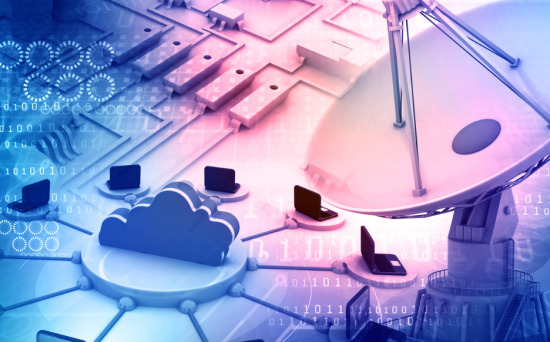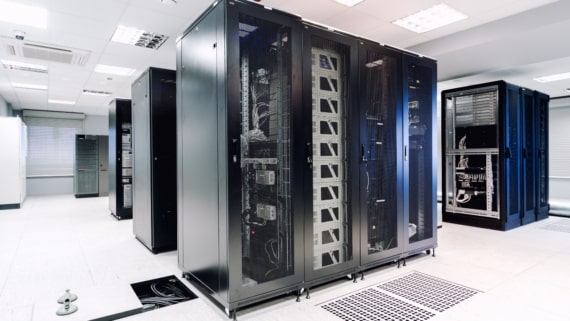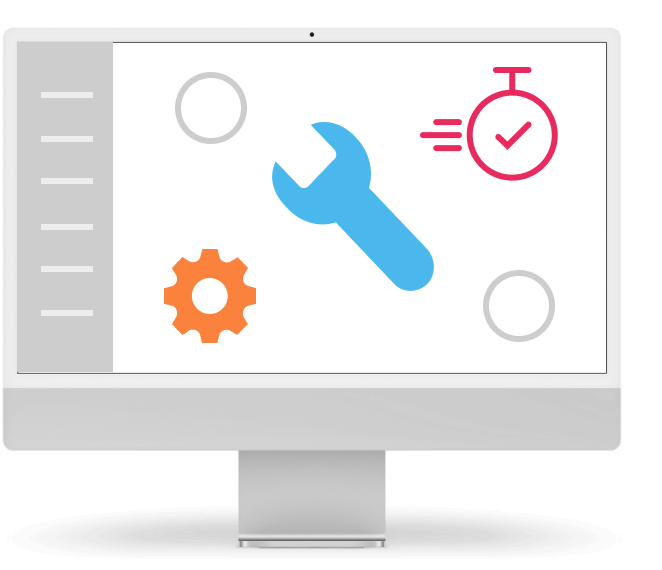Transformation of Cities thanks to IoT and Smart City
Content
In recent years, the city environmment has been encountering problems related to increasing population, transportation, bad air quality and insufficient resources.
The good thing is we have already entered the era of Smart Cities where the Internet of Things (IoT) offers solutions to these problems – with the key aspect being resource consumption. Within the regular biweekly edition of IoT: The Future Now, we will ook today at how IoT and Smart Cities transform the city environment with emphasizing resource consumtpion.
Energy Efficiency
IoT helps with lowering energy consumption in cities through the approach of checks and control. This process includes the use of systems that help to see how energies and other resources are managed, if it is possible to increase efficiency in specific areas or if there are any leaks. This system can be used for all buildings and devices which are owned by the city, from tech services to kindergartens and schools.
Consumption leads us then to the inteligent energy metering (electricity, water, gas) and thanks to that it is clear how then can be influenced.
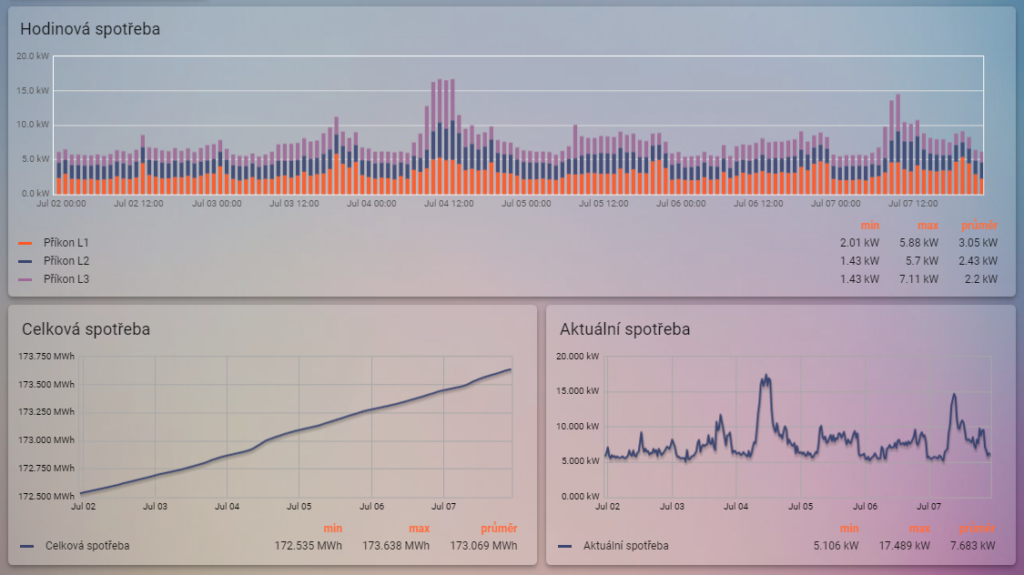
Intelligent Management of Water Sources
These technologies can use resources for water managemment in cities. Sensors can be installed in places where water leakages occur. That can lead to a fast identification of the problem and minimization of losses. Sensors can also be used to monitor water quality in rivers and lakes and to provide information about flood predictions.
Based on the implementation of sensors to water sources – even in private property – municipalities can simply ensure that consumption is not beyond the ability of the sources in the given period. Thanks to this control, the city can issue measures for example in the time of drought.
Intelligent Waste Managemment
Internet of Things is also used in efficient waste management in cities. Sensors can be installed in bins and containers to find out if they are full or empty so costs to cleaning and exchange are minimized. They can also be used to optimize the routes of garbage trucks to lower the emissions of carbon dioxide as a result of shorter routes and better planning.
Dumps can then also control emission of gases so the waste storage has the lowest impact on atmosphere and life quality in the nearby residences.
Air Quality Monitoring
Sensors can be placed in cities to monitor air quality and provide precise data about the levels of pollution. These data help municipalities to implement efficient measures such as traffic regulation or clean energy source promotion whic contributes to energy consumption and lower emissions.
Thanks to these data, movement of vehicles can be restricted for instance in historical center or areas with high pedestrian traffic.
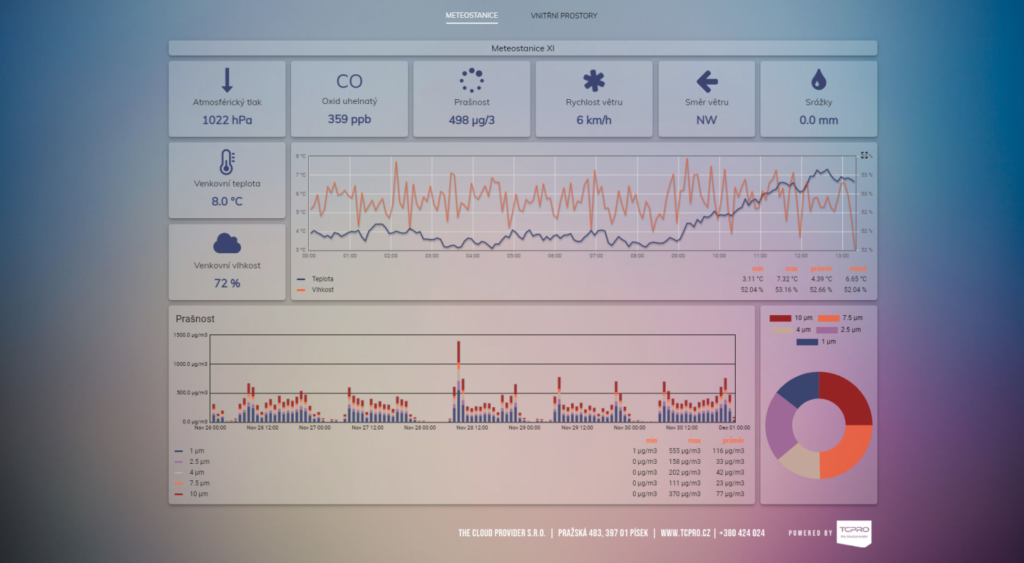
Intelligent Parking Space Management
IoT helps to significantly increase efficiency of parking in cities and to contribute to saving time, energy and lowering emissions. Sensors placed in parking spaces can monitor occupancy and provide drives with information about free parking spaces in real time. This lowers the time to find parking spaces and at the same time limits unecessary riding around and emisisons. Besides, intelligent parking systems can be integrated with payment and booking applications, making the process of parking easier with lower adiminstrative costs.
Lower Greenhouse Emissions
IoT technologies contribute to lowering the emissions of greenhouse hases, for instance through intelligent construction solutions. Sensors in buildings can monitor and manage energy consumption, heating and cooling which can lead to lower energy costs and emissions. These data can be also used gto identify heat leakages and finding a solution for increasing energy efficiency.
Conclusion
Overall, these smart solutions bring many opportunities to save resources and increase the quality of environment in cities. Implementation of such technologies can lead to better life quality, lower costs and sustainable development.

